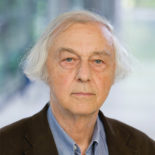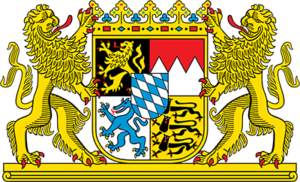Nobel Prize Laureate Robert Huber
Since 1972 he has been a Scientific Member of the Max Planck Society and Director at the Max Planck Institute of Biochemistry in Martinsried.
March 2017
„Photosynthesis is the most important chemical reaction on Earth.” So proclaimed the Royal Swedish Academy of Sciences in 1988 in its announcement that Robert Huber, together with Hartmut Michel and Johann Deisenhofer, was to receive the Nobel Prize for Chemistry. Working as a team, they decoded the three-dimensional structure of the photosynthetic reaction centre. The Nobel Laureate and head of the “Structural Research” emeritus working group at the Max Planck Institute (MPI) of Biochemistry celebrated his 80th birthday on February 20. The fascination for the structure of proteins has never left him. Currently, his research focuses on drugs to treat autoimmune diseases.

Prof. Dr. Robert Huber,
Max Planck Institute of Biochemistry
© MPI
Born in Munich on February 20, 1937, Robert Huber grew up during the war: A difficult time during which schools were few, and the daily struggle for bread and milk took precedence. On his own initiative and with the help of his family, he learned to read and write, and in 1947 he attended one of the few grammar schools in the vicinity of his parents’ home. Scholarships enabled him, despite the financial difficulties faced by his parents, to study chemistry and complete his doctorate at the Technical University Munich (TUM).
In 1968 he established his own small working group at the then MPI for Protein and Leather Research (a predecessor of the present MPI of Biochemistry) with which he successfully resolved many more protein structures. First among them was the insect protein erythrocruorin.
Since 1972 he has been a Scientific Member of the Max Planck Society and Director at the Max Planck Institute of Biochemistry. In addition to guest professorships, for example at the University of Duisburg-Essen and Cardiff University, since 1976 he has also held a chair at the TUM. Meanwhile, he is also co-founder of two start-up companies in Martinsried, which use knowledge about the structure of proteins to develop drugs, for example to treat autoimmune diseases.



